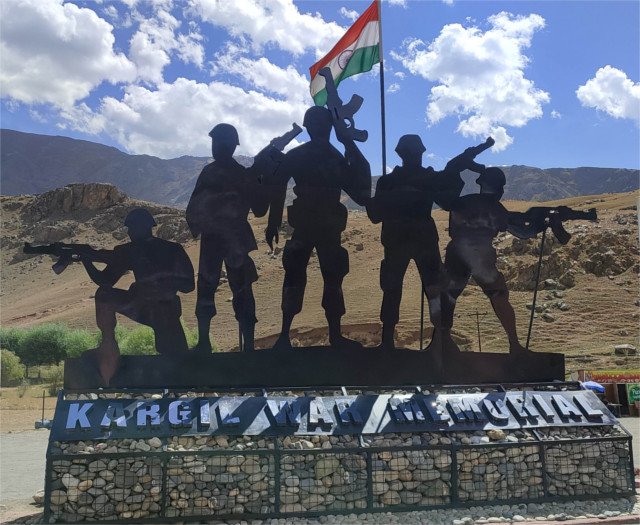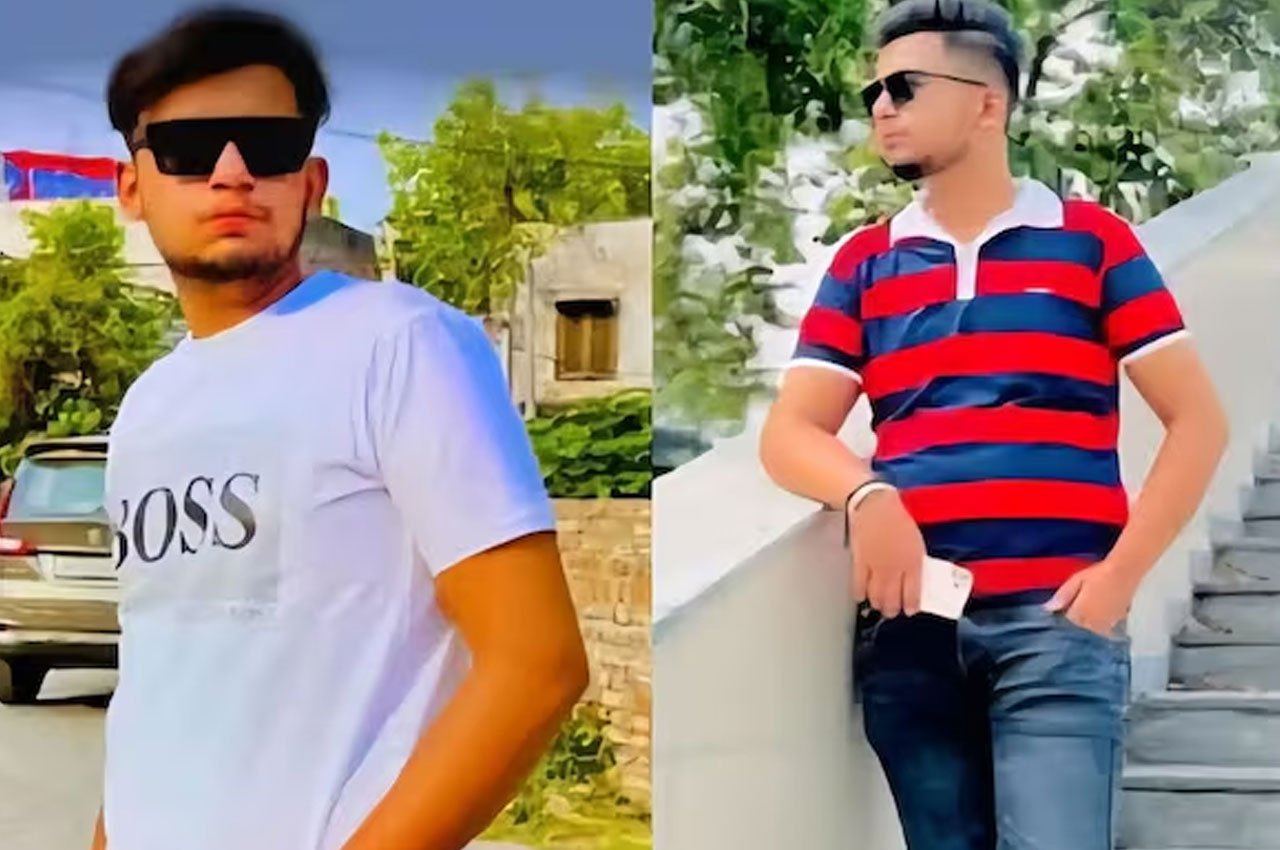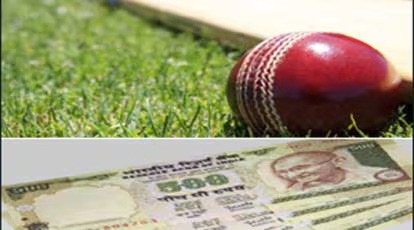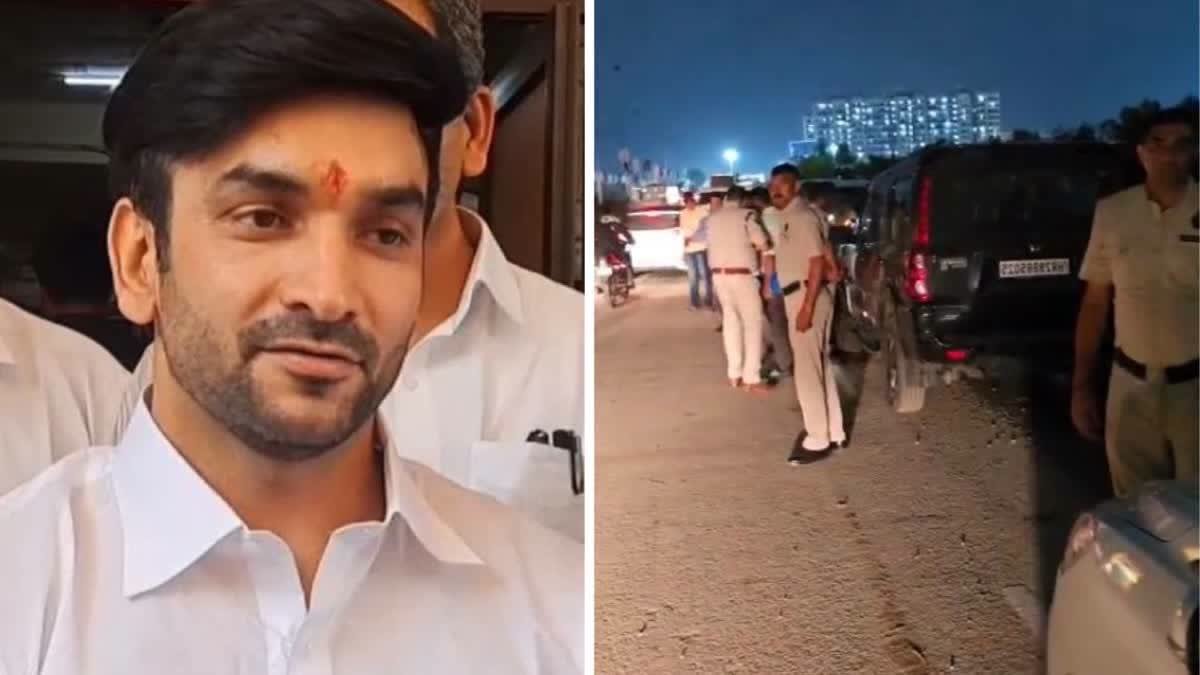As India marks the 26th anniversary of Kargil Vijay Diwas, remarkable data highlights that nearly 40% of Indian casualties from the 1999 Kargil War hailed from just four states—Jammu & Kashmir, Haryana, Punjab, and Himachal Pradesh. According to The Times of India, these regions, representing a mere ~6% of the national population, accounted for 213 of 527 Kargil fatalities, underscoring an unparalleled regional contribution to India’s military efforts.
Sacrifice Concentrated in Four States
Official data presented in the Lok Sabha in 2000 confirms that out of 527 Indian soldiers martyred in Kargil, 69 were from Jammu & Kashmir, followed by 58 from Haryana, 45 from Punjab, and 41 from Himachal Pradesh. These figures collectively make up the highest share of war casualties relative to population size, reflecting both high enlistment rates and a vast legacy of military service in these regions.
Valour Recognized: Heroes from the Region
Among the fallen heroes, two of India’s four Param Vir Chakra (PVC) awardees hailed from this region: Captain Vikram Batra and Rifleman Sanjay Kumar, both from Himachal Pradesh. Other decorated soldiers include Colonel Balwan Singh (Haryana), awarded the Maha Vir Chakra (MVC) for his role in the Tiger Hill assault, and war heroes such as Squadron Leader Ajay Ahuja, Vir Chakra awardee Captain Amol Kalia, and others, reflecting the region’s high concentration of gallantry honours.
Key Battles and High-Altitude Warfare
The conflict featured critical operations at high-altitude battlegrounds including Tololing, Tiger Hill, and Point 4875. Combat in these austere, frigid terrains demanded extraordinary endurance and bravery. The Indian Army executed over 550 air sorties, and artillery fired in excess of 250,000 shells during Operation Vijay, bringing a decisive end to the conflict when Pakistani forces withdrew by July 26, 1999.
Why These States Showed Exceptional Representation
Beyond population, the high sacrifice rates reflect cultural and historical patterns. States like Punjab, Haryana, Himachal Pradesh, and J&K have long-established traditions of military recruitment. Their youth serve in large numbers in the armed forces, often motivated by heritage, familial service, and socio-economic factors. This historic tropism for military service translated into the region bearing disproportionate burdens during Kargil.
Commemoration: Kargil Vijay Diwas Observed Across the Nation
Every year on July 26, India observes Kargil Vijay Diwas, marking the day the armed forces reclaimed infiltrated positions and celebrated victory. Ceremonies take place at the Kargil War Memorial in Dras, with Union ministers, families of martyrs, and top military leaders laying wreaths, participating in cultural tributes, and paying homage to the brave soldiers. The remembrance underscores resolve and unity, reminding the nation of the sacrifices that preserved its sovereignty.
Legacy of Sacrifice Continues
The disproportionate loss from these four states led governments—especially in Punjab—to enact robust welfare provisions. Punjab’s policy awards ₹1 crore in ex gratia to families of martyrs, split 60% to the spouse and 40% to parents, reflecting sensitivity to family needs. Similar schemes exist in Haryana, Himachal, and J&K, providing pensions, employment quotas, and educational support as a tribute to the fallen and their surviving relatives.
Why It Matters
This data reveals more than just numbers—it reflects a legacy of courage, regional devotion, and cultural service ethos. As India moves forward, these sacrifices continue to inspire a new generation. The disproportionate participation and sacrifice from just four states become a powerful testament to their patriotism and the depth of commitment to the nation during the fiercest tests of freedom.




